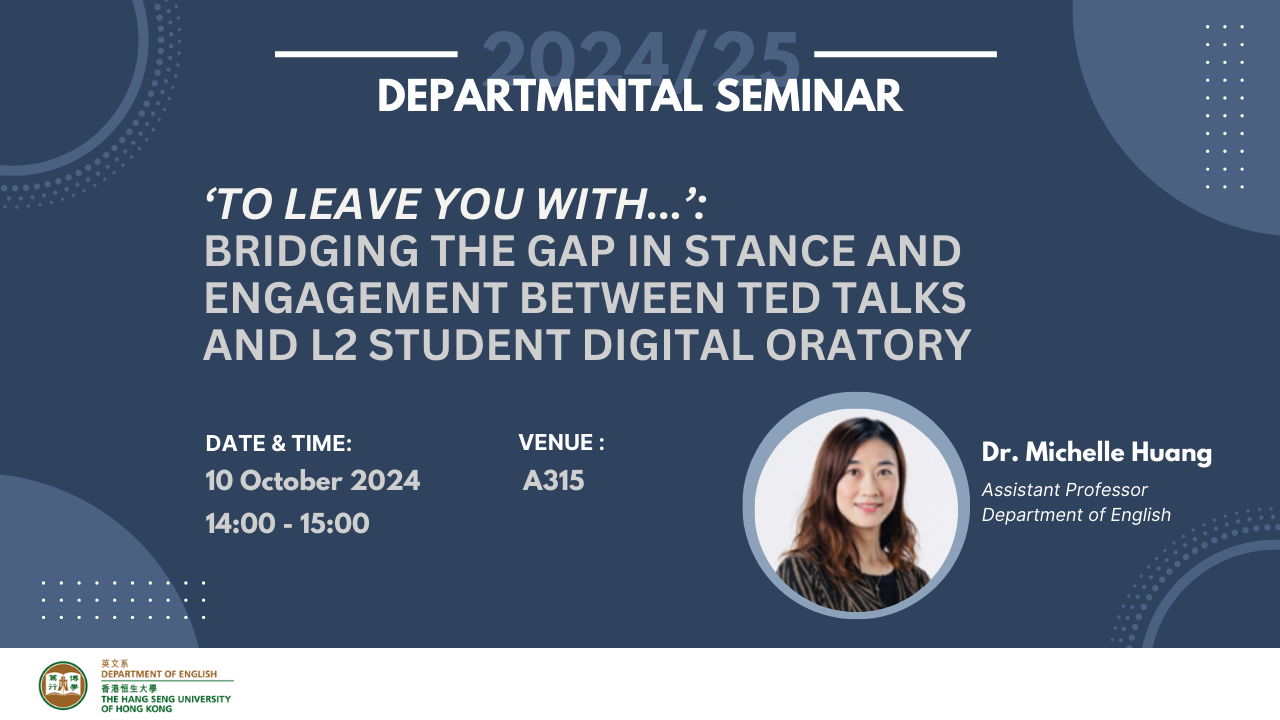Abstract
This study explores linguistic expressions of stance and engagement, as reflected by interactional metadiscourse (IM) features, in second language (L2) student digital oratory and TED talks. Two comparable corpora were compiled for analysis: the STU Corpus, including 419 self-recorded student video speeches totaling 423,977 words, and the TED Corpus, comprising 1,299 TED Talk transcripts with 1,946,951 words. By analyzing hedges, boosters, self-mentions, attitude markers, directives, and audience pronouns in two corpora, the TED corpus and the STU corpus, the investigation uncovers disparities in the way L2 students and TED speakers employed these linguistic tools. Quantitative results show significant differences in all IM types except hedges. The TED Corpus exhibited notably higher frequencies of boosters and self-mentions, whereas the STU Corpus had significantly higher means in the use of directives, audience pronouns, and attitude markers. Qualitative findings reveal that TED speakers masterfully wielded a diverse array of IM features to create a personal connection with their audience, while L2 students tended to employ either overuse or underuse of specific markers. The insights, drawn from both quantitative and qualitative analyses, not only highlight the linguistic gaps that may hinder L2 students from delivering effective speeches, but also shed light on pedagogical implications for refining public speaking training and feedback practices.

